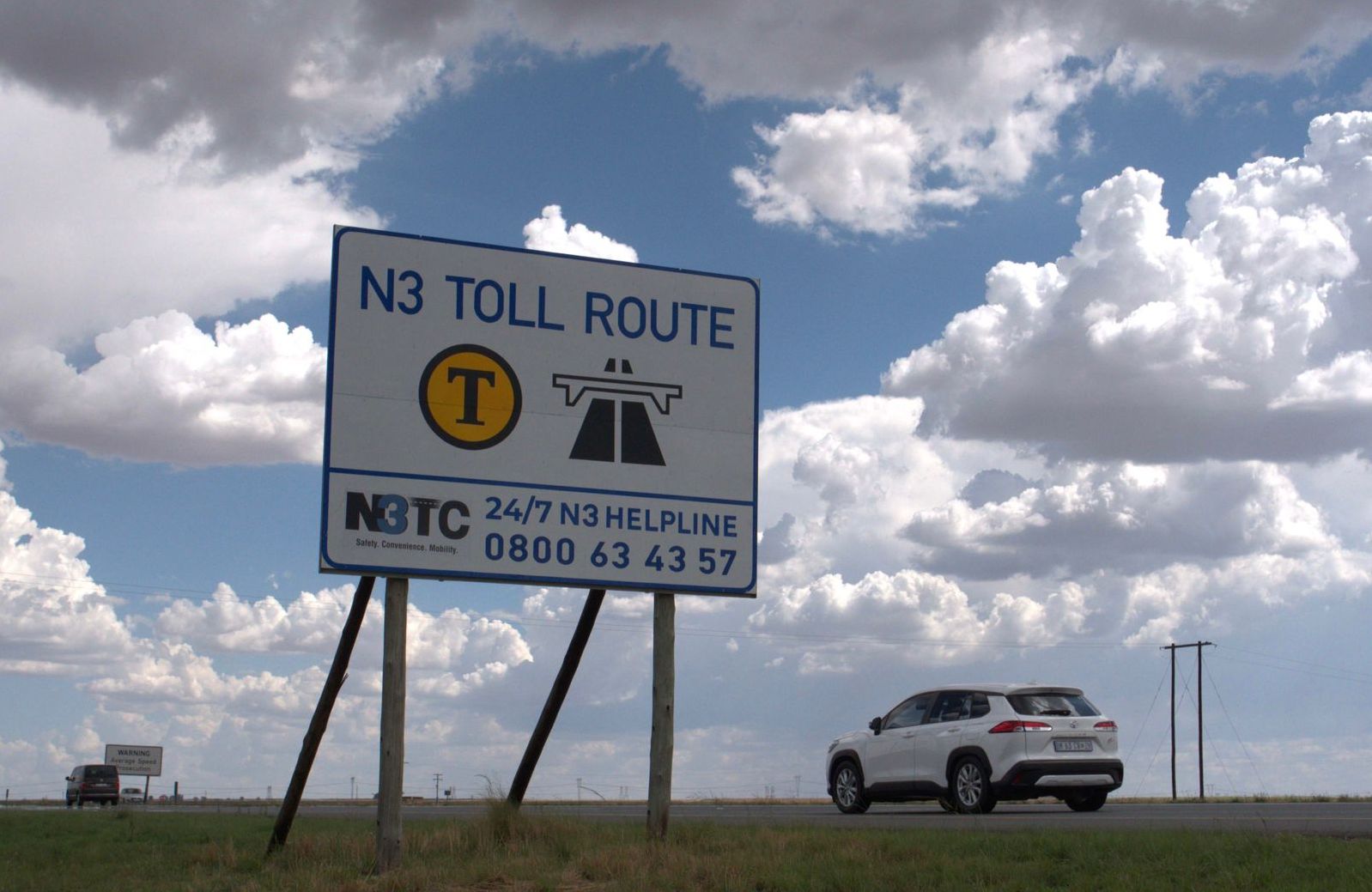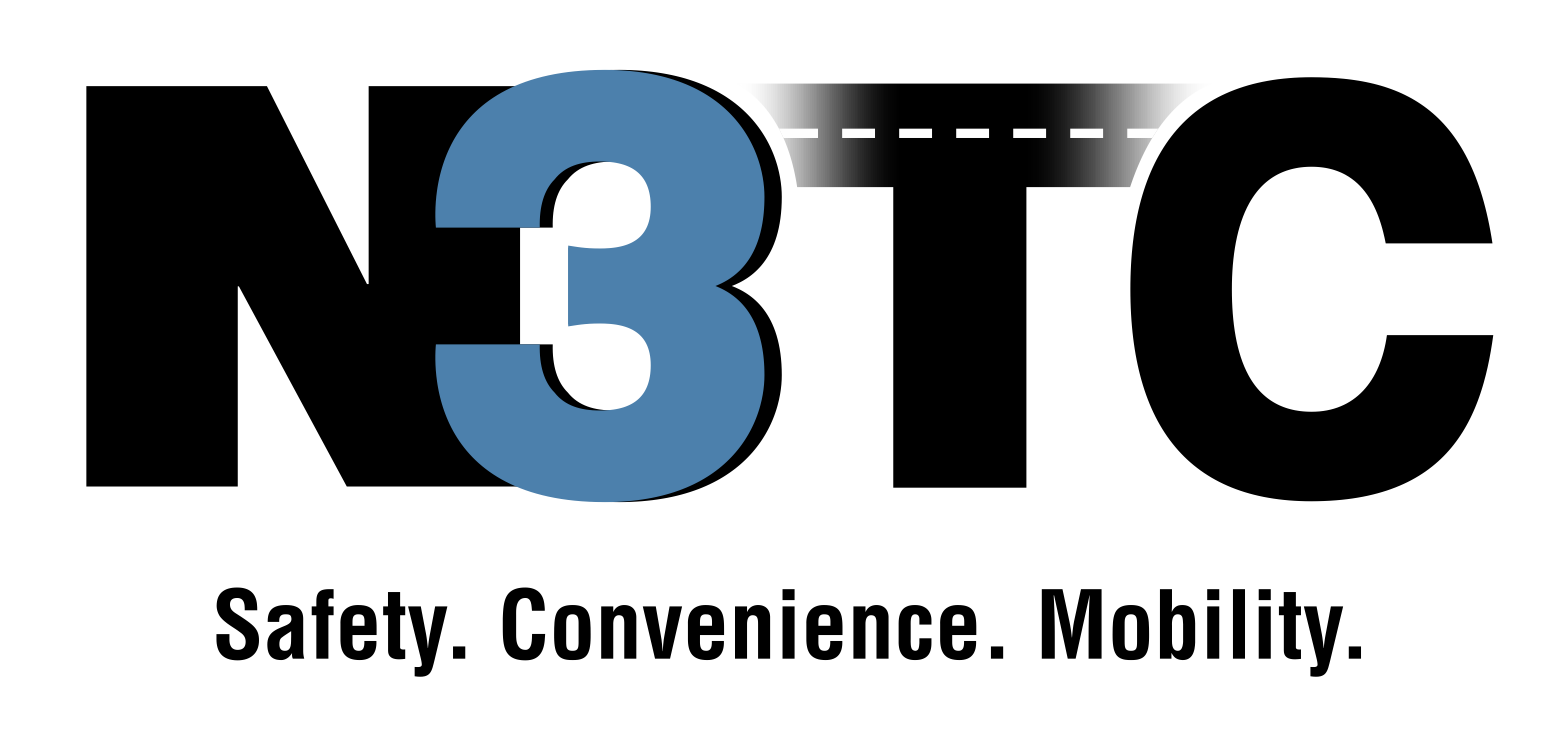N3 Toll Route | Route Update | Easter, Freedom Day and Worker’s Day Long Weekends

Unpredictable traffic patterns are to be expected on the N3 Toll Route as the first of three consecutive long weekends commences
Due to the upcoming Easter weekend being followed by the Freedom Day long weekend, and shortly thereafter the Worker’s Day long weekend, road users should prepare for busy traffic conditions and varying traffic patterns on the N3 Toll Route.
Traversing four provinces (Gauteng, Free State, Mpumalanga, and KwaZulu-Natal), the N3 Toll Route is an important transport and trade route that also connects to some of the major tourism destinations in South Africa.
Considering the sheer volumes of traffic, and the mix of vehicle types that utilise the N3 Toll Route daily, road users are advised to carefully plan their trips ahead of the busy traffic season starting this Thursday, 17 April 2025. “Be prepared for any eventuality, including traffic congestion, delays, and adverse weather conditions in the coming weeks,” advises Thania Dhoogra, chief operating officer of N3 Toll Concession (N3TC), the company managing the N3 Toll Route between Heidelberg in Gauteng and Cedara in KwaZulu-Natal.
“We expect an increase in leisure travellers and public transport vehicles, such as buses and taxis, on the N3 Toll Route however, we do not expect a decrease in truck traffic during this period. Our road users should, therefore, be prepared for congested traffic conditions and slower travel times. Please anticipate potential hazards or problems on the road, and plan accordingly. It is our collective responsibility to ensure our road network is safe for all its users.”
Crash data helps to inform safety decisions
N3TC reviews crash data to help road users counter unsafe driving practices and other factors contributing to crashes on the N3 Toll Route.
In 2024, 1194 crashes occurred on the N3 Toll Route. Human factors (errors) were determined to be the probable cause of 75% of light motor vehicle crashes, and 82% of the crashes involving heavy motor vehicles.
Another concern highlighted by last year’s crash data is the poor roadworthiness, especially of heavy motor vehicles. Despite the best efforts of law enforcement officials to detect and where necessary, to impound, unroadworthy vehicles before harm is caused, some transport owners continue to neglect their responsibilities to maintain their vehicles. “This is most likely an ill attempt at cost saving but the unfortunate reality, however, is that innocent people often pay the ultimate price for their negligence,” stresses Ms Dhoogra.
While the total number of crashes recorded in 2024 decreased by 1.9% compared to the previous year, fatal crashes increased by 11%. Nighttime crashes accounted for 42% of the crashes, but crashes at night were more severe than those recorded during the day.
Approximately 30% of crashes recorded on the N3 Toll Route were single-vehicle crashes. The frequency of single-vehicle crashes, and the nature thereof, underscore the impact of driver error, negligence, and recklessness on road safety. Speeding and a failure to adjust one’s driving style to prevailing road and weather conditions are significant contributory factors. Distractions, such as the use of mobile devices while driving also contributed to crashes on the N3 Toll Route.
Additionally, drunk driving and intoxicated pedestrians on this busy route remain critical areas of concern. In 2024, pedestrian fatalities accounted for 28% of all fatalities on the N3 Toll Route. Drivers under the influence of alcohol or other substances pose risks to themselves, their passengers, and other road users. “As witnessed on the N3 Toll Route, drunk driving often results in severe injuries or fatalities, underscoring the seriousness of this issue,” explains Ms Dhoogra.
High visibility enforcement
On the N3 Toll Route, significant resources are deployed to improve road safety, minimise risks, and manage incidents effectively. Some of these measures include engineering and design interventions, early warning systems, pro-active law enforcement, swift emergency responses, road user support services, information sharing, and road safety education.
Ahead of the upcoming long weekends, N3TC and its partners in the road incident management system (RIMS) have implemented initiatives to make sufficient resources available to help manage incidents and ensure that emergencies or crash scenes are cleared quickly, effectively, and safely so as to restore mobility as soon as possible.
Some of these initiatives include:
- Satellite stations at strategic locations along the N3 Toll Route to ensure effective communication, high visibility, and quick response times to emergency incidents
- Increased blue light visibility, traffic checkpoints to monitor vehicle safety and driver compliance, and active law enforcement
- Deployment of emergency medical services (EMS), fire services, and towing operators at key points along the route to bolster emergency responses
- Air patrols by law enforcement agencies to assist with early incident detection
- Standby air ambulances to assist with rapid medical evacuation during major incidents
- Additional route patrols, and
- The provision of emergency medical and rescue services, roadside assistance and mechanical support services by volunteer organisations
It begins with me
To improve road safety, ALL stakeholders—including individual road users—must play their part. “It is our shared and individual responsibility,” says Ms Dhoogra, “to make safety our priority and to take the steps necessary to protect lives. Mistakes should not result in serious injuries and fatalities on our roads. They can and should be prevented.
Every road user can contribute to road safety by being aware of the factors leading to crashes and taking steps to avoid these. Plan ahead, be prepared, and stay informed while you travelling. Keep emergency provisions, extra water, warm clothes, blankets, and essential medication in your vehicle, and adapt your driving style to the prevailing road and weather conditions.
Large parts of the N3 Toll Route are prone to changing weather conditions, thunderstorms, rain, high winds, sudden cold fronts, and thick mist. Difficult driving conditions, high traffic volumes, and unexpected incidents may disrupt traffic flow, causing congestion and delays. Remain alert, courteous, patient and calm when faced with these challenges.
Keep a safe following distance, turn your headlights on and monitor your speed, especially downhill. Pay attention to warning signs, avoid driving on the shoulder or emergency lanes, never swerve in and out of lanes, don’t overtake on blind rises, and never make a U-turn on a highway. Rather drive to the next interchange to turn around,” advises Ms Dhoogra.
For your planning and preparedness, take note of the following:
Traffic forecast
Southbound traffic volumes (towards KwaZulu-Natal) are expected to increase from midday on Thursday, 17 April 2025, with busy conditions continuing through the afternoon. Peak traffic conditions are anticipated to subside around 19h00 on Thursday evening.
An early increase in traffic is expected around 04h00 on Friday morning, 18 April 2025, with busy conditions continuing until approximately 10h00.
Northbound return traffic (towards Gauteng) is expected to pick up from 10h00 on Easter Monday, 21 April 2025, with busy conditions likely to continue until 20h00 that evening.
Similar, southbound traffic volumes are expected to be high between 12h00 and 18h00 on Friday, 25 April 2025. The following Monday, 28 April 2025 (Freedom Day), is expected to be equally busy in a northbound direction.
Road users travelling during peak times should be prepared for heavy congestion and delays. Emergency incidents occurring during these periods may significantly impact traffic flow.
All toll plazas will operate at maximum capacity to accommodate increased traffic volumes, but congestion may occur during peak periods, especially in a northbound direction (towards Gauteng) on Monday, 21 April 2025, Monday, 28 April 2025, and Sunday, 4 May 2025.
Emergency and law enforcement services will be on high alert during peak traffic periods, and if necessary, the Roads Traffic Inspectorate (RTI) may implement special traffic control measures at strategic locations to manage the flow of traffic and to improve safety along the route.
Payment of toll fees – Remember that you can tap and go
Road users are reminded that magstripe (swipe) credit cards are no longer accepted as a payment option at any toll plaza on the N3 Toll Route. For your safety and convenience, in partnership with Visa, FNB and Verifone, all toll plazas on the N3 Toll Route have migrated to contactless payment. Toll fees can now be paid with a tap-enabled credit or debit card, or a smart device, such as a phone or wearable. Please ensure that your card or smart device is set up for tap and go payment or be prepared to pay your toll with an alternate method of payment to avoid delays. Tags, cash, and fleet cards continue to be accepted as alternate payment methods.
Road construction and maintenance work
No construction or routine road maintenance work will be performed during the upcoming long weekends, and all lanes will be open to traffic. Only essential emergency repair work may be undertaken, if required.
N3TC will resume its full construction works programme on Monday, 5 May 2025.
Stay informed
Follow @N3Route on X for real-time route, traffic, and weather updates on the N3 Toll Route. For emergencies or to report issues between Cedara (KwaZulu-Natal) and Heidelberg (Gauteng), call the 24/7 N3 Helpline at 0800 63 43 57.
ENDS.

